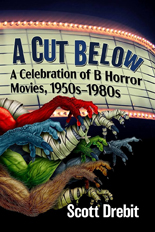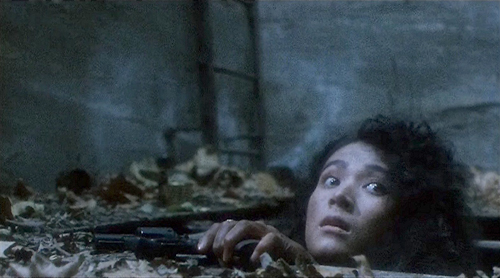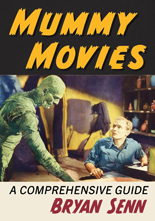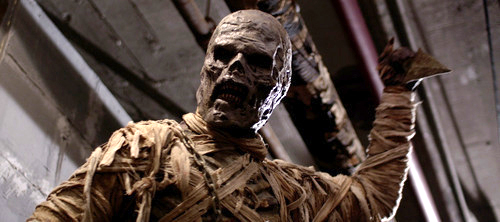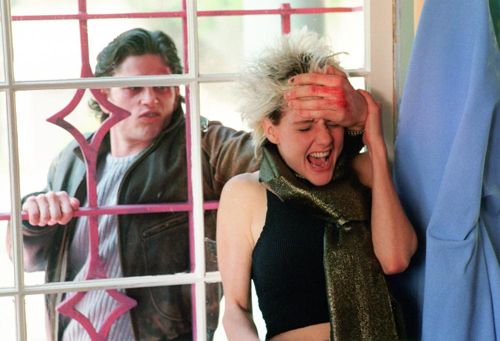
When one thinks of thrillers set in Los Angeles during the 1980s, the first titles that come to mind are neo-noirs like To Live and Die in L.A. and Body Double; action flicks like Lethal Weapon and Die Hard; and sci-fi outings such as The Terminator and Night of the Comet. However, there were hundreds more L.A. thrillers produced and released during the era, ranging from the broadly comedic to genuinely disturbing, and I reviewed them all in my recent BearManor Media book, Neon Nightmares: L.A. Thrillers of the 1980s. (Editor’s note: Flick Attack-approved!)
I grew up watching these films, and I was amazed to discover how many of them still have not been released past VHS and laserdisc in the U.S., 40 years after they first came out. Even in this era of streaming and boutique Blu-rays, plenty of deserving L.A. thrillers remain stuck in analog limbo. Here are five of my favorites:
1. Out of Bounds (1986)
Basically a 24-hour extended chase all over Los Angeles, this fast-paced thriller finds farmboy Anthony Michael Hall pursued all over L.A. by drug dealers and crooked cops after he grabs the wrong duffle bag at LAX. An excellent soundtrack featuring The Smiths, The Cult and Siouxsie and the Banshees (the latter of whom appear onscreen) is often cited as the main reason this film remains unreleased on DVD or Blu-ray. The always welcome Jenny Wright makes a quirky love interest and Jeff Kober is scary good as the main baddie.
2. Club Life (1986)
Norman Thaddeus Vane, the man behind L.A. thrillers like The Black Room and Frightmare, brought us this cautionary tale, which follows starstruck newbie Tom Parsekian as he navigates the rough-and-tumble world of a glitzy nightclub. Tony Curtis is a hoot as the club’s owner, Michael Parks brings world-weary brilliance to his senior bouncer, and Dee Wallace Stone registers strongly as an over-the-hill singer. Club Life is a smoky time capsule with a genuine feel for the lower depths of showbiz.
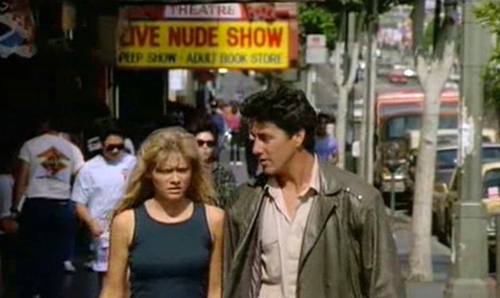
3. Kidnapped (1987)
Like Vane, director Howard Avedis cut his teeth on a series of L.A. thrillers, including The Teacher and They’re Playing with Fire, before directing this sleazy outing. Genre favorites David Naughton and Barbara Crampton team up to find Crampton’s little sister, who has fallen into a sleazy underworld of pimps and porn. It might not have the punch of Hardcore or Angel, but Kidnapped is nasty enough when it needs to be, with the added bonuses of a chimpanzee sidekick, Jimmie “J.J.” Walker and Savage Streets’ Robert Dryer playing (what else?) a vicious thug.
4. Red Nights (1988)
Like Club Life, Red Nights is another cautionary tale of life in the big city, but told with a coldly realistic tone that allows it to stand apart from other Hollywood Boulevard sob stories. An aspiring actor moves to L.A. to play cowboys in the movies and ends up trading shots with real-life scumbags; the film’s downward spiral narrative is a nice change of pace from the usual shoot-’em-up cliches. The only recognizable credits are veteran character actor William Smith and legendary synth band Tangerine Dream, but don’t let that deter you from tracking down this gritty gem.
5. Satan’s Princess (1989)
From Walking the Edge to The Banker, Robert Forster starred in a number of L.A. thrillers during the ’80s, but none as trashily entertaining as Satan’s Princess. While investigating a missing persons case, world-weary cop Forster meets up with the titular temptress (French erotic thriller queen Lydie Denier) and all hell breaks loose. Directed by B-movie specialist Bert I. Gordon (Empire of the Ants, The Mad Bomber), this is a late-night cable fave brimming with skin, gore and plenty of WTF moments.
And if you’re looking for more “stuck in VHS” recommendations, check out City in Fear (1980), Slow Burn (1986), Fresh Kill (1987) and Lady Avenger (1988), to name a few. You can find all of these and much, much more in Neon Nightmares: L.A. Thrillers of the 1980s. —Brad Sykes

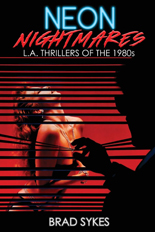
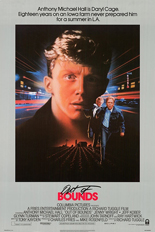

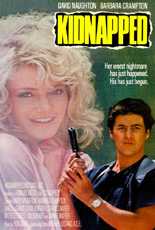
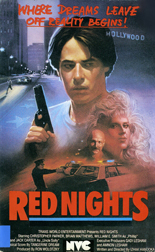
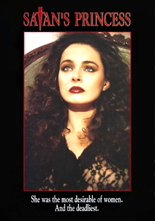


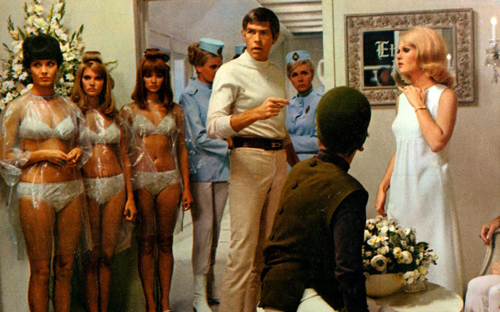
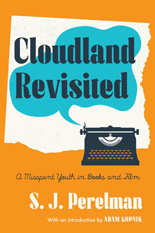
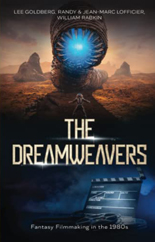
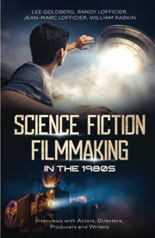 from
from 